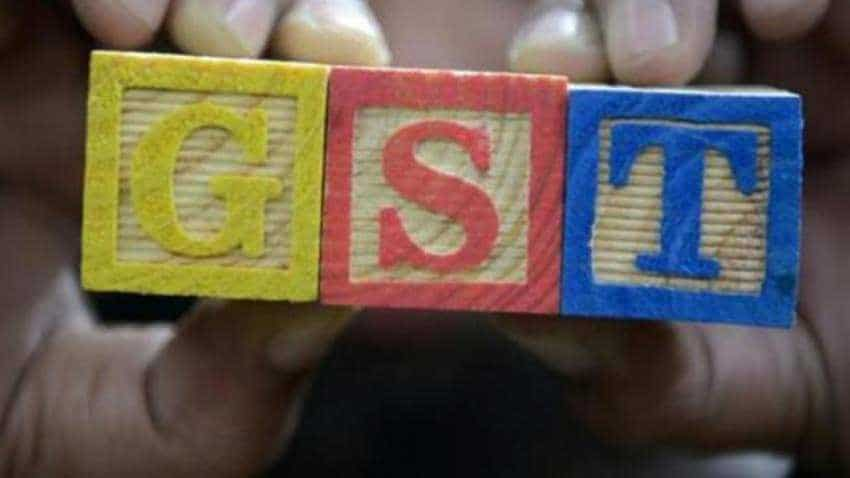New GST rates for 100 items are in effect from yesterday on ward. The GST council last week decided to give relaxation to items right from sanitary napkins to electronic products, and had stated that the new changes will take place from July 27. The decision of the council was taken as a welcome move because it will increase consumption demand as the companies will pass on the benefit of reduced GST rate to consumers. The majority of items saw deduction in rates from highest GST tax slab of 28%. FMCG, automobile and hotel industries seem to be very happy with new relief in items. Thereby let’s have an understanding on this new GST rates bode well for sectors.
Key products to witness GST rate cut includes storage water heaters and immersion heaters, food grinders & mixers, food & vegetable juice extractors, shavers, hair clippers, hair dryers, hand dryers, electric smoothing irons, vacuum cleaners etc.
Teresa John, economists at Nirmal Bang said, “While it is difficult to quantify the exact impact of the recent changes in GST rates, we believe the revenue impact is likely to be relatively low, given that tax cuts have been restricted to a few items. It could also be offset to some extent in certain categories such as consumer durables.”
John added, “With a rising risk of fiscal slippage on every revenue reduction, it is likely to be marginally negative for bond yields. Overall, we anticipate that there will be shortfall in GST revenues, despite a pick-up in collections in the second-half of the financial year.”
Here’s how GST’s latest change in items will impact sectors, as per Nirmal Bang.
Consumer durables and electrical appliances
GST rate cut on consumer durables and electrical appliances from 28% to 18% is a good move. The earlier rate of 28% was high considering the fact that products such as mixer, juicer, water heater, washing machine, refrigerator and TV are no longer luxury items.
The general trade perception is that lowering of tax rates by 10% can lead to a rise in volume. However, it will be a gradual rise and factors such as income level & affordability, low penetration level of each category, rising electrification in the country, availability of consumer financing etc, will continue to be the main growth drivers in the long run.
Further, lower GST rates can also incentivise domestic manufacturing of these products and reduce the reliance on imports, in line with the government’s objective of ‘Make in India’. However, the financials of companies are unlikely to change as the revenues are reported on net-of-GST basis while the presence of anti-profiteering clause means that companies will pass on the benefits of the rate cut to consumers.
Automobile sector
GST rates on special purpose motor vehicles like crane trucks, fire-fighting vehicles, concrete-mixer trucks and spraying trucks have been cut from 28% to 18%, which will make these trucks cheaper. However, we note that from the list of trucks where the taxes have been cut, only the concrete-mixer truck has good volume.
Overall, this is a positive move for the truck industry and if the focus on infrastructure and construction activity improves, there could be an improvement in demand for the trucks mentioned above.
Footwear sector
Footwear costing up to Rs1,000/pair will now attract 5% GST. So far, footwear up to Rs500/pair attracted 5% GST, and those having retail sale price of over Rs500/pair attracted 18% rate. This is likely to positively impact around 20%-30% of its sales.
Hospitality sector
The hospitality industry too has been given major relief as GST rate on accommodation service will now be based on transaction value instead of declared value. GST at the rate of 28% is levied if hotel room rent exceeds Rs7,500. Between Rs2,500 to below Rs7,500, GST is levied at 18% and that on Rs1,000 and below Rs2,500 it is 12%.
According to Antique Stock Broking these are the sectors that sees ache din with the new GST rates for items.
Paints
Decorative paints will benefit from the cut in GST rates. It is believed that the demand of decorative paints will benefit particularly in an environment of input cost inflation, where paint companies have increased prices by about 4% in the last 12 months. Asian Paints will benefit the most as it has the highest exposure to decorative paints segment.
Ethanol for sale to OMCs
Petroleum is not under GST, therefore GST paid under ethanol is not recoverable as input. Overall impact only to a limited extent as for practical purposes ethanol blending proportion is just 2-3%.
05:03 PM IST







 Yet again, Finance Minister pays heed to Zee Business Managing Editor Anil Singhvi's call, extends ITR filing deadline
Yet again, Finance Minister pays heed to Zee Business Managing Editor Anil Singhvi's call, extends ITR filing deadline Coronavirus: Big ATM cash, minimum balance, Income Tax, GST, PAN, Aadhaar announcements made by Modi government- All details here
Coronavirus: Big ATM cash, minimum balance, Income Tax, GST, PAN, Aadhaar announcements made by Modi government- All details here GST Returns Filing: New dates announced
GST Returns Filing: New dates announced  Smartphones to get expensive from April; makers seek relief from government
Smartphones to get expensive from April; makers seek relief from government 39th GST Council Meeting: Full list of decisions taken - All you need to know
39th GST Council Meeting: Full list of decisions taken - All you need to know